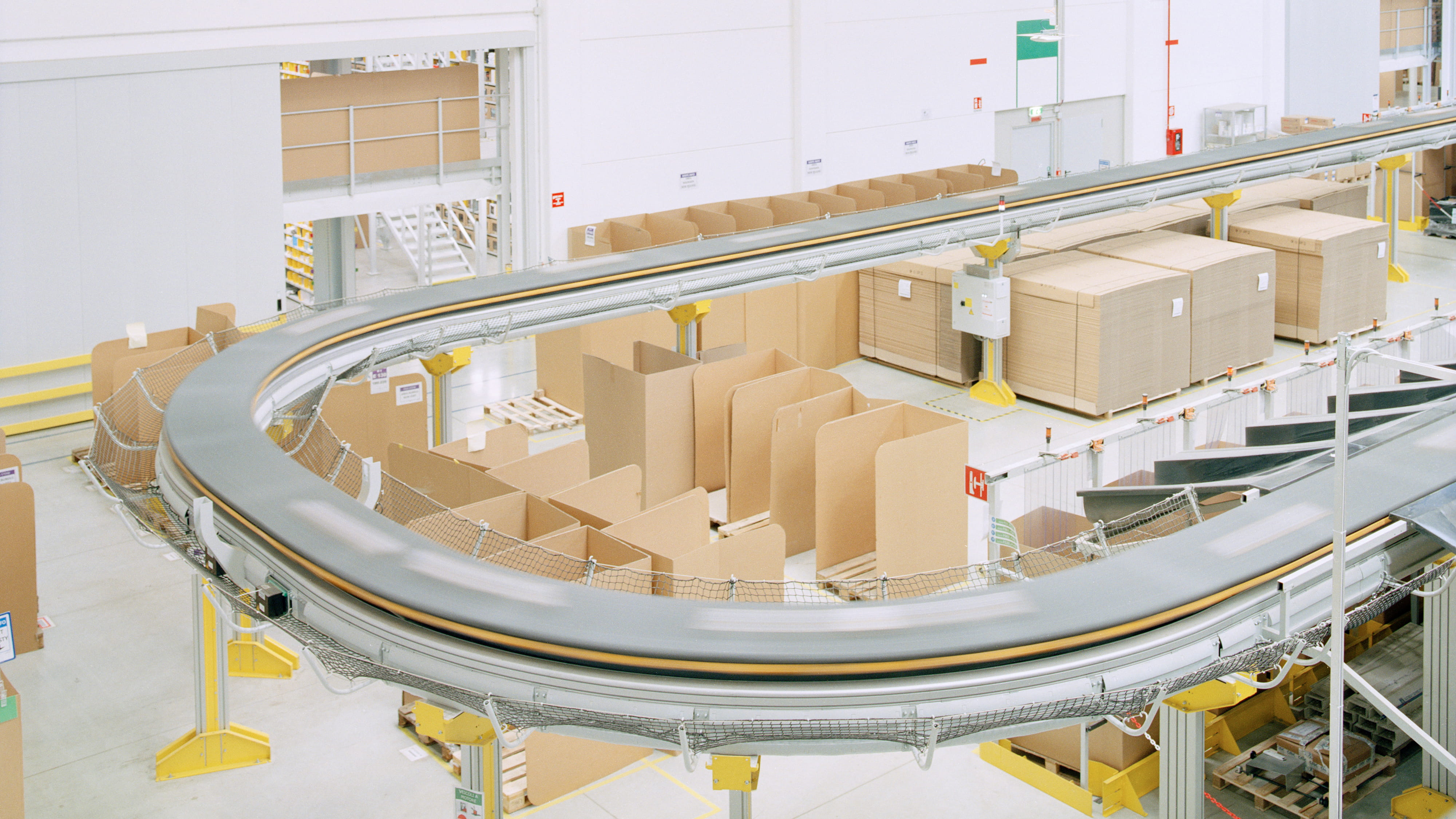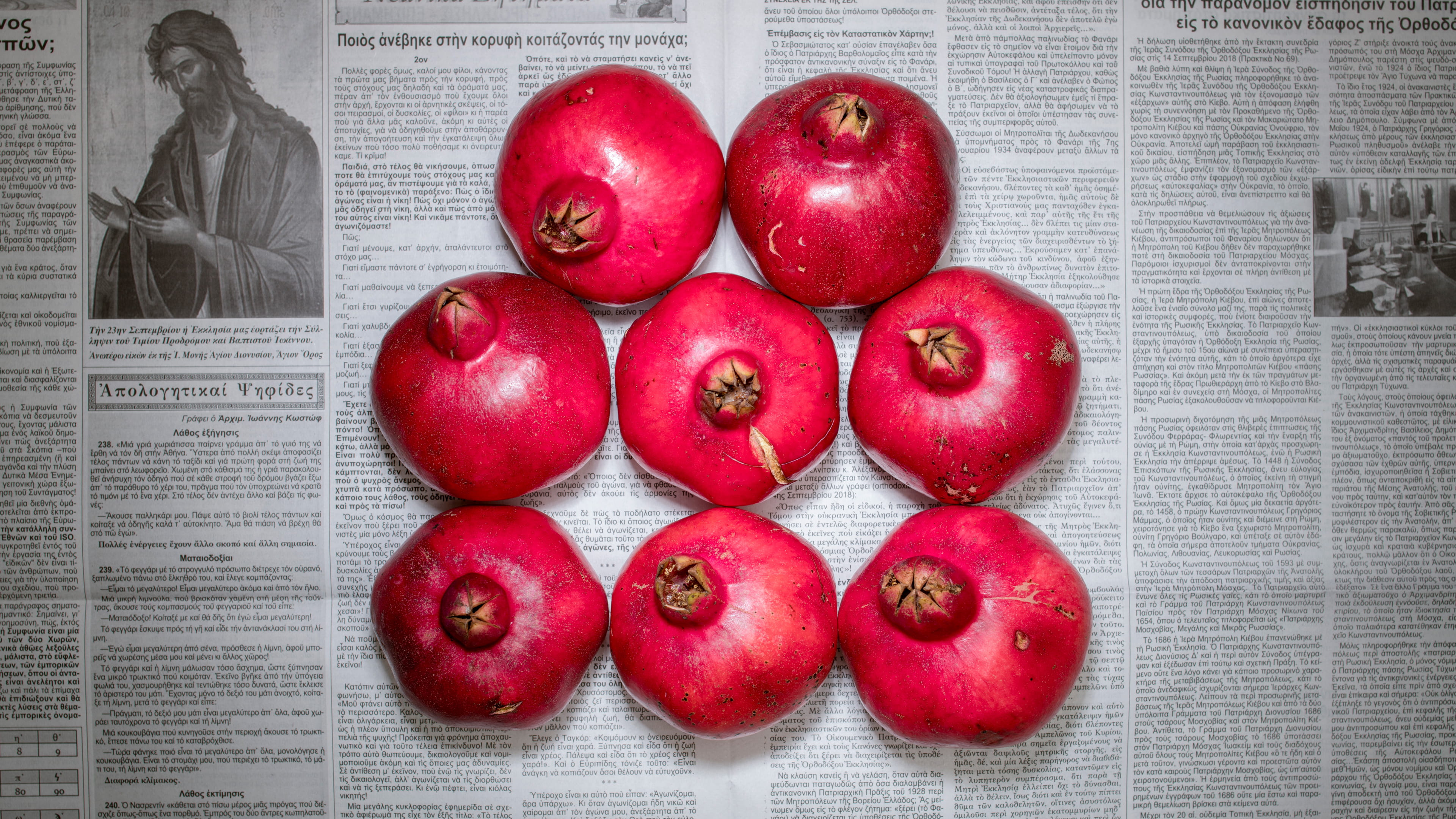The coronavirus pandemic has given us more economic news in days than we usually experience in years. Things are happening at a pace I’ve never seen. And I’m old enough to have experienced the 2008 financial crisis. In the short term, this is way worse. There are some truly bizarre graphs with unemployment claims and a line so steep the last data point looks more like the border of the graph. The economic damage of Covid-19 is huge.
Thankfully, governments around the world are stepping on the gas pedal – which also means the space of possibilities is expanding rapidly. Where there used to be years of discussion – “It’s impossible, we can’t afford it!” – social insurance programmes are now rapidly being deployed. The US government is considering spending $2.2tn to fight the economic fallout from Covid-19 – the biggest stimulus package ever in the US. But even so, it’s still small compared to what some European countries are going to be spending (as a percentage of GDP).
Those numbers are gigantic. So with that in mind, our weekly reads are all around trying to make sense of the economy in one way or another.



The best of The Correspondent on the economy
 Outgrowing growth: why quality of life, not GDP, should be our measure of success
Mainstream economics still thinks growth is essential, but this blind belief in GDP is just enriching the rich and killing the planet. We don’t need more growth to improve people’s lives. By working less, buying and producing less, and investing in public services, we can improve quality of life – and fight the climate crisis.
Outgrowing growth: why quality of life, not GDP, should be our measure of success
Mainstream economics still thinks growth is essential, but this blind belief in GDP is just enriching the rich and killing the planet. We don’t need more growth to improve people’s lives. By working less, buying and producing less, and investing in public services, we can improve quality of life – and fight the climate crisis.
 Poverty isn’t a lack of character. It’s a lack of cash
Our efforts to fight poverty are often based on the misconception that poor people must pull themselves up out of the mire. But the relentless struggle to make ends meet has serious effects on the brain. Poverty is not a lack of character – it’s a lack of cash.
Poverty isn’t a lack of character. It’s a lack of cash
Our efforts to fight poverty are often based on the misconception that poor people must pull themselves up out of the mire. But the relentless struggle to make ends meet has serious effects on the brain. Poverty is not a lack of character – it’s a lack of cash.


